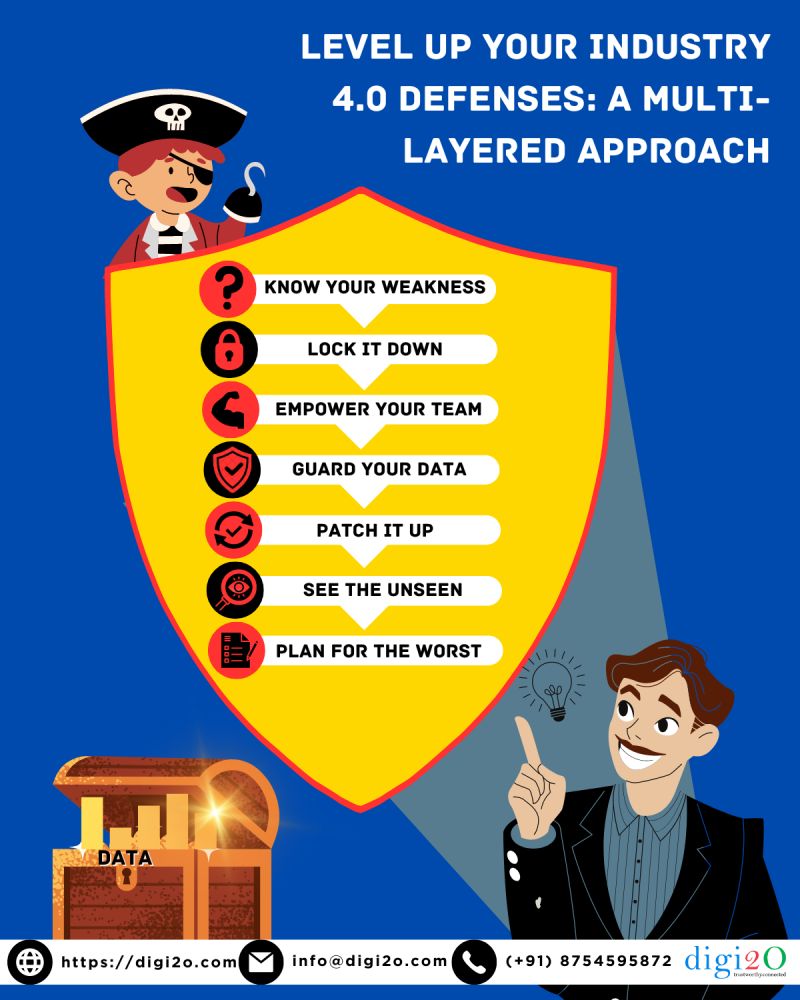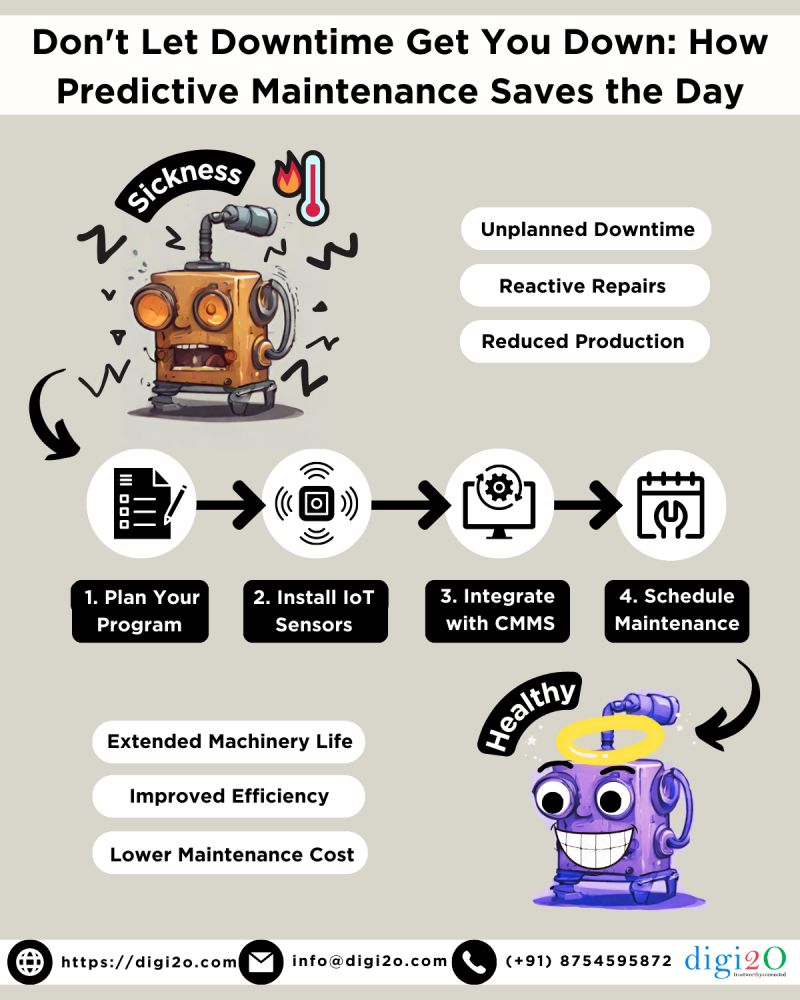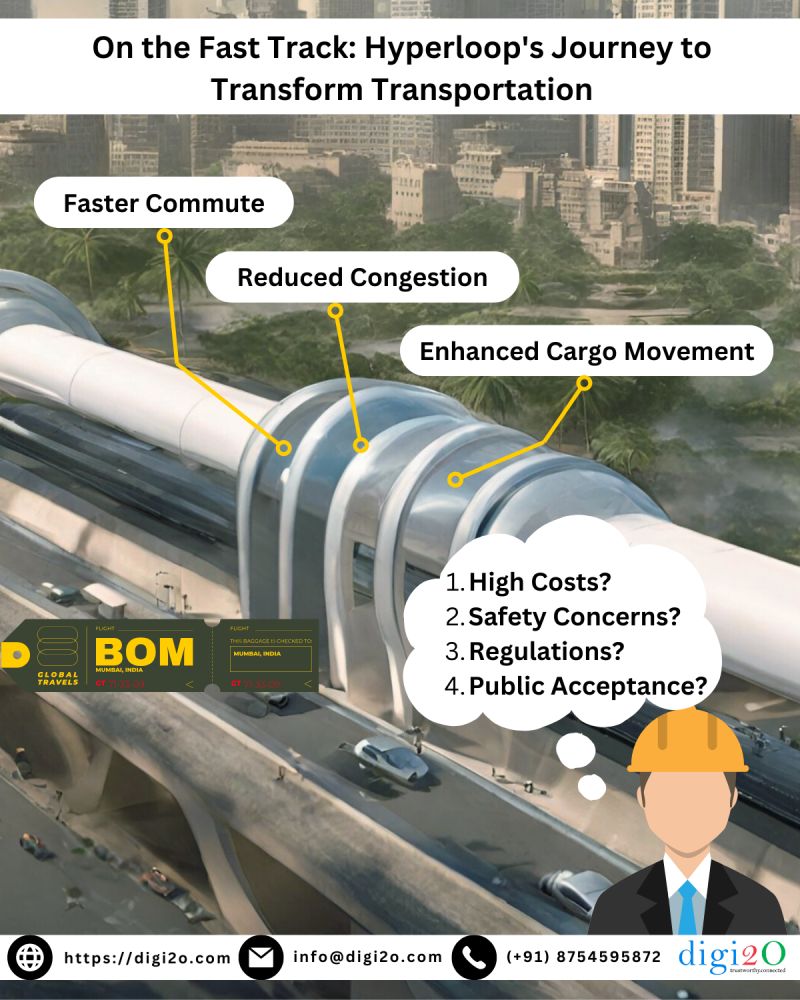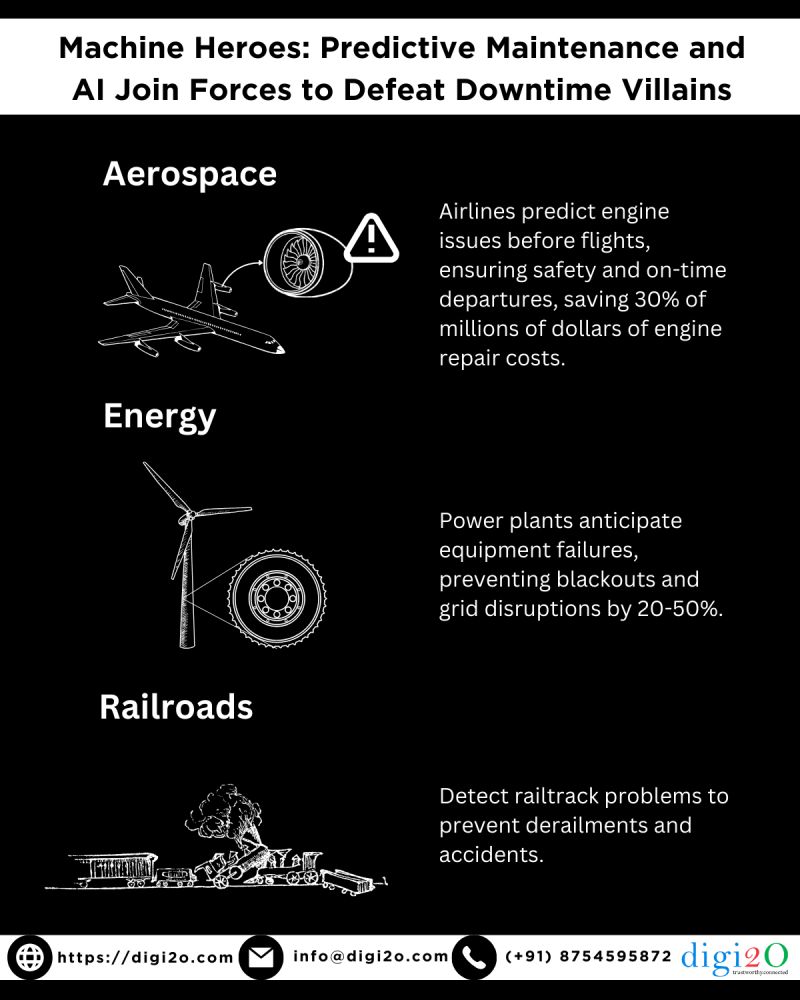
Before delving into the integration process, let's grasp the essence of IoT. Imagine a vast network of interconnected devices – from sensors and machines to vehicles and appliances – all communicating seamlessly to collect and exchange data. This interconnectedness forms the foundation of IoT, revolutionizing how industries operate.
Industry 4.0 represents the fourth industrial revolution, characterized by the fusion of digital technologies with traditional manufacturing processes. It heralds a new era of automation, data exchange, and smart technology integration, paving the way for enhanced efficiency and productivity.
Before integration begins, it's crucial to identify the specific areas within industrial processes where IoT can make a significant impact. Whether it's optimizing supply chain management, enhancing predictive maintenance, or improving product quality, pinpointing these opportunities is the first step toward successful implementation.
With a plethora of IoT devices and sensors available in the market, choosing the right ones can be daunting. Consider factors such as compatibility, functionality, scalability, and security when selecting devices tailored to your industrial needs. Remember, each device serves as a building block in the IoT ecosystem, contributing to the overarching efficiency of your operations.
Once the devices are selected, the next step is to establish robust connectivity and network infrastructure. Whether utilizing Wi-Fi, Bluetooth, RFID, or cellular networks, ensuring seamless communication between devices and the centralized system is imperative. Additionally, incorporating edge computing capabilities can minimize latency and enhance real-time data processing at the source.
IoT platforms and analytics tools play a pivotal role in harnessing the potential of data generated by IoT devices. These platforms facilitate data aggregation, visualization, and analysis, empowering businesses to derive actionable insights and make informed decisions. Whether deploying cloud-based solutions or on-premises systems, choosing the right platform tailored to your requirements is essential.
As data becomes the lifeblood of IoT-driven industrial processes, safeguarding it against cyber threats and breaches is paramount. Implement robust encryption protocols, access controls, and intrusion detection systems to fortify your IoT ecosystem. Additionally, adhere to data privacy regulations such as GDPR to maintain transparency and trust with stakeholders.
Deploying and integrating IoT devices into existing industrial infrastructure requires meticulous planning and execution. Adopt agile methodologies and collaborate closely with cross-functional teams to streamline the deployment process. Conduct thorough testing and validation to identify and rectify any compatibility issues or operational bottlenecks before full-scale implementation.
Once the IoT ecosystem is operational, continuous monitoring and maintenance are essential to ensure optimal performance and reliability. Implement proactive maintenance strategies leveraging predictive analytics to detect potential failures before they occur. Additionally, establish robust incident response protocols to address any unforeseen issues promptly.
Beyond operational enhancements, the true value of IoT lies in its ability to drive transformative business outcomes. Leverage the insights from IoT data to optimize processes, innovate product offerings, and enhance customer experiences. By harnessing the power of data-driven decision-making, businesses can stay ahead of the curve in today's competitive landscape.
In conclusion, integrating IoT devices into industrial processes is not just a technological endeavor but a strategic imperative in the era of Industry 4.0. By following these step-by-step guidelines, businesses can unlock new levels of efficiency, productivity, and innovation, driving sustainable growth and competitive advantage in the digital age.

In the dynamic realm of manufacturing, efficiency is paramount. A single glitch in the production line can cascade into significant downtime, wreaking havoc on schedules and profitability. Traditional maintenance practices, reliant on fixed schedules or reactive responses, are no longer sufficient to meet the demands of modern manufacturing. Here's where predictive maintenance (PdM) emerges as a game-changer, ushering in a new era of proactive and streamlined operations.
Unplanned downtime is the bane of manufacturing existence, causing disruptions that ripple through the entire supply chain. Beyond the direct financial implications, such as lost production and idle manpower, the intangible costs of damaged reputation and diminished customer confidence loom large. Outdated maintenance strategies, marked by a lack of foresight and reliance on manual interventions, exacerbate these challenges. Reactive repairs, often prompted by catastrophic failures, not only inflate maintenance expenditure but also compromise operational efficiency.
Enter predictive maintenance, a proactive approach empowered by IoT sensors and AI-driven analytics. Unlike traditional methods, PdM doesn't merely react to equipment malfunctions; it anticipates them, leveraging real-time data insights to forestall potential breakdowns. By harnessing a myriad of metrics, from vibration patterns to temperature fluctuations, PdM transforms equipment health monitoring into a predictive science.
The adoption of predictive maintenance yields a plethora of advantages, amplifying the operational prowess of manufacturing facilities:
By detecting anomalies in equipment performance at their nascent stages, PdM empowers manufacturers to intervene proactively, averting full-scale breakdowns. Consequently, unplanned downtime is minimized, ensuring uninterrupted production schedules and enhanced customer satisfaction.
The shift from reactive to proactive maintenance translates into substantial cost savings. Investments in predictive analytics and IoT infrastructure pale in comparison to the exorbitant expenses incurred during emergency repairs. Moreover, predictive maintenance optimizes resource allocation, ensuring that maintenance activities are targeted and efficient.
PdM optimizes equipment performance by identifying and rectifying inefficiencies before they escalate. By streamlining maintenance schedules and prioritizing interventions based on data-driven insights, manufacturers can unlock newfound levels of productivity and operational agility.
Early detection of potential malfunctions allows for timely interventions, thereby extending the lifespan of critical assets. By addressing issues preemptively, manufacturers can mitigate wear and tear, preserving the integrity of machinery and deferring costly replacements.
In the realm of food and beverage production, where precision is paramount and downtime is intolerable, the integration of predictive maintenance has yielded remarkable results. Consider a chocolate factory, where the seamless operation of churners and conveyors is non-negotiable. By deploying IoT sensors to monitor equipment health and leveraging AI algorithms to anticipate maintenance needs, manufacturers can ensure the uninterrupted flow of production, safeguarding both quality and efficiency.
The transition to predictive maintenance necessitates a strategic approach, encompassing meticulous planning and seamless execution:
Begin by identifying the key areas of focus for predictive maintenance implementation. Analyze historical maintenance data to pinpoint recurring issues and prioritize equipment assets based on criticality and operational impact.
Equip your machinery with a comprehensive array of IoT sensors capable of capturing relevant performance metrics. From temperature sensors to acoustic monitors, ensure that your sensor network is tailored to the unique requirements of your manufacturing environment.
Centralize and analyze the deluge of data generated by IoT sensors through a robust Computerized Maintenance Management System (CMMS). Leverage AI-powered analytics tools to derive actionable insights and facilitate data-driven decision-making.
Leverage predictive insights to overhaul traditional maintenance schedules, transitioning from reactive to proactive interventions. Implement predictive maintenance routines based on equipment health forecasts, optimizing resource allocation and minimizing downtime.
In conclusion, the adoption of predictive maintenance heralds a paradigm shift in manufacturing operations, empowering organizations to transcend the limitations of traditional maintenance practices. By harnessing the power of IoT sensors and AI-driven analytics, manufacturers can transform reactive firefighting into proactive problem-solving, paving the way for enhanced efficiency, productivity, and competitiveness.
Ready to embark on your predictive maintenance journey? Embrace the future of manufacturing today!

In recent years, the concept of the Hyperloop has captured the imagination of people worldwide. Promising unprecedented speed and efficiency in transportation, this revolutionary technology, championed by companies like Virgin Hyperloop, has sparked both excitement and skepticism. In this article, we delve deep into the potential of Hyperloop, exploring its bold vision, feasibility, challenges, and the future of transportation.
Virgin Hyperloop's Bold Vision?
Virgin Hyperloop envisions a future where travel is transformed, offering faster commutes, reduced congestion, and enhanced cargo movement. The prospect of commuting from Mumbai to Pune in just 28 minutes is indeed tantalizing. Imagine the implications for urban planning and development – with travel times drastically reduced, cities could expand further, allowing people to live in smaller towns while easily commuting to major urban hubs. This could lead to a renaissance in urban design, reshaping how we perceive and plan our cities.
Moreover, Hyperloop has the potential to alleviate traffic congestion, particularly in densely populated urban areas. By providing an alternative mode of transportation, Hyperloop could reduce the number of cars on the road, leading to cleaner air, less noise pollution, and potentially improved public health outcomes. Additionally, Virgin Hyperloop's focus on cargo transportation holds promise for streamlining supply chains, reducing truck traffic, and ultimately lowering transportation costs for businesses and consumers alike.
Feasibility and Challenges??♀️
Despite its promising vision, the Hyperloop concept faces several challenges that must be addressed for widespread adoption. Chief among these challenges is the high infrastructure costs associated with building and maintaining a network of Hyperloop tubes. The significant investment required may pose financial hurdles, impacting the feasibility of implementing Hyperloop technology on a large scale.
Safety is another paramount concern. Operating at near-sonic speeds within a sealed environment presents unique safety challenges that must be addressed comprehensively. Ensuring the safety of passengers and cargo is paramount to the success and public acceptance of Hyperloop technology.
Furthermore, regulatory hurdles and public acceptance pose additional challenges. Introducing a new mode of transportation requires navigating complex regulatory frameworks and gaining public trust. Building consensus among stakeholders and addressing concerns about safety, environmental impact, and accessibility will be crucial for the widespread adoption of Hyperloop technology.
The Future of Hyperloop?
Despite the challenges, Virgin Hyperloop's pilot projects with airports and ports are promising steps towards testing the feasibility and gathering real-world data. These pilot projects will provide valuable insights into the practicality, safety, and efficiency of Hyperloop technology in various environments.
Looking ahead, Hyperloop has the potential to revolutionize transportation on a global scale. By offering unprecedented speed, efficiency, and sustainability, Hyperloop could reshape how we live, work, and connect. As technology continues to evolve and innovators push the boundaries of what's possible, Hyperloop represents a glimpse into the future of transportation.
Join the conversation?️
What are your thoughts on Hyperloop? Do you believe it has the potential to revolutionize transportation as we know it? Share your insights in the comments below!
If you want to read more information about how to boost traffic on your Website, just visit The Insider's Views.

In today's digital age, the security of sensitive information is paramount. As we navigate the complexities of cyberspace, the emergence of quantum computing introduces both challenges and opportunities in the realm of cybersecurity. Let's delve into the intricate landscape of quantum technology and its implications for encryption, privacy, and data protection.
The Villain: Vulnerable Encryption
At the heart of our online security lies encryption – the process of encoding information to safeguard it from unauthorized access. Traditional encryption methods rely on mathematical algorithms to create secure communication channels. However, the rise of quantum computing threatens to undermine this foundation.
Quantum computers operate on principles vastly different from classical computers, leveraging quantum bits or "qubits" to perform complex calculations at unprecedented speeds. This immense computational power poses a significant risk to conventional encryption algorithms, such as RSA and ECC, which rely on the difficulty of factoring large numbers for security.
In a world where quantum computers become ubiquitous, current encryption standards could crumble, leaving sensitive data vulnerable to interception and exploitation. This looming threat highlights the urgent need for quantum-resistant encryption solutions.
The Hero: Quantum-Safe Solutions
Amidst the shadows of uncertainty, a beacon of hope emerges in the form of quantum-safe cryptography. Unlike traditional encryption, which relies on mathematical complexity, quantum-safe algorithms harness the principles of quantum mechanics to create inherently secure communication protocols.
These next-generation encryption methods leverage the properties of quantum entanglement and superposition to generate cryptographic keys that are immune to quantum attacks. By harnessing the inherent randomness and unpredictability of quantum phenomena, quantum-safe encryption ensures that data remains secure, even in the face of quantum adversaries.
The Advantages: A Quantum Leap in Security
The adoption of quantum-safe cryptography heralds a new era of digital security, offering unparalleled protection against emerging cyber threats. Consider the following advantages:
Real-Life Applications: Beyond Theory
The practical implications of quantum-safe cryptography extend far beyond theoretical speculation. Leading organisations and institutions are already embracing these innovative solutions to safeguard their most critical assets:
The Future: Preparing for the Quantum Age
As we stand on the brink of the quantum revolution, proactive measures are essential to navigate the shifting landscape of cybersecurity. Businesses, governments, and individuals must embrace the following strategies to prepare for the quantum age:
In conclusion, the advent of quantum computing presents both challenges and opportunities for cybersecurity. By embracing quantum-safe encryption, we can fortify our defenses against evolving threats and usher in a new era of digital security. The time to act is now, as we prepare to navigate the quantum landscape and safeguard the integrity of our data in the digital age.

In today's fast-paced industrial landscape, unplanned downtime can be a formidable adversary, wreaking havoc on production schedules and bottom lines alike. Whether it's a toy factory grappling with ageing machinery or a power plant striving to keep the lights on, the consequences of unexpected breakdowns are universally daunting.
But fear not, for there exists a beacon of hope in the form of predictive maintenance. This proactive approach to equipment upkeep harnesses the combined might of Internet of Things (IoT) sensors and artificial intelligence (AI) algorithms to anticipate potential failures before they occur, effectively thwarting the disruptive forces of unplanned downtime.
The Rise of Predictive Maintenance
Picture this: a bustling toy factory, much like Acme Widgets, where the relentless churn of production is often stymied by sudden equipment malfunctions. In such a scenario, every minute of downtime translates to lost revenue and heightened stress levels among employees.
Enter predictive maintenance as the hero of our narrative. By outfitting machinery with IoT sensors capable of monitoring key performance metrics such as vibration, temperature, and energy consumption, Acme Widgets gains unprecedented insight into the health of its equipment. This real-time data is then fed into AI algorithms, which diligently sift through the information in search of anomalies that could signal an impending breakdown.
The Advantages of Predictive Maintenance
Embracing predictive maintenance heralds a multitude of benefits for forward-thinking companies like Acme Widgets:
Real-Life Applications Across Industries
While the benefits of predictive maintenance are abundantly clear in the realm of toy manufacturing, its transformative potential extends far beyond the confines of Acme Widgets' factory floor. Across diverse sectors, from aerospace to energy to oil and gas, forward-thinking organizations are leveraging this technology to safeguard critical infrastructure and optimize operational efficiency.
Aerospace: In the aviation industry, predictive maintenance plays a pivotal role in ensuring the safety and reliability of aircraft. By anticipating potential engine issues before they escalate, airlines can preemptively address maintenance needs, thereby minimizing the risk of in-flight disruptions and ensuring on-time departures.
Energy: Within the energy sector, power plants rely on predictive maintenance to safeguard against equipment failures that could trigger widespread blackouts and grid disruptions. By continuously monitoring the health of critical assets, energy providers can implement targeted maintenance interventions that bolster system resilience and reliability.
Oil & Gas: In the realm of oil and gas extraction and transportation, the environmental and financial stakes are particularly high. Predictive maintenance enables companies to detect and mitigate potential risks, such as pipeline leaks, before they escalate into full-blown crises. By proactively addressing maintenance needs, organizations can minimize environmental impact while safeguarding their bottom line.
The Future of Predictive Maintenance
As we look to the future, it's evident that predictive maintenance will continue to play an instrumental role in shaping the landscape of industrial operations. With advancements in IoT technology and AI-driven analytics, the potential for innovation and optimization is virtually limitless.
By embracing predictive maintenance, businesses can look forward to a future characterized by streamlined operations, enhanced reliability, and unprecedented cost savings. So, if you're ready to bid farewell to the era of unexpected breakdowns and usher in a new era of efficiency and productivity, the time to harness the power of IoT and AI is now.
Conclusion
In conclusion, predictive maintenance stands as a beacon of hope in the fight against unplanned downtime and costly equipment failures. By leveraging the capabilities of IoT sensors and AI-powered analytics, businesses can proactively identify and address maintenance needs, thereby minimizing disruption, maximizing efficiency, and safeguarding their bottom line. As we look to the future, the potential for predictive maintenance to revolutionize industrial operations across diverse sectors is nothing short of remarkable.
Designed by W3Squad